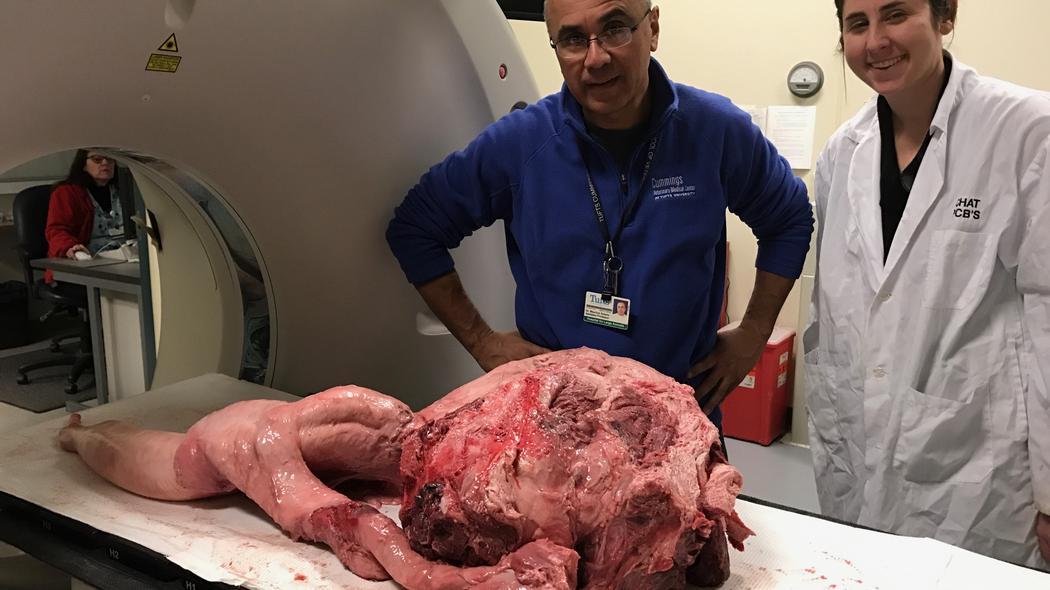
Dead dolphin penis inflated by scientists to study how marine genitalia evolved
People have always had a curiosity for things they can’t see. Scientists are always up and running to find out the mystery and decode them. A study carried out by Dara Orbach, a researcher at Dalhousie University in Canada aims to understand the reproduction in marine animals like dolphins, harbor porpoises, and harbor seals. These creatures aren’t exactly exhibitionists especially during their private moment which is an inconvenience for anyone studying the sexual life of these animals.
These animals spend most of their life underwater and out at the sea which makes it impossible for anyone to take a peek at their mating habits. To deal with this problem, Orbach found a way to bring their mating habits to her to study their anatomy in the lab itself. The study has been published in the journal Proceedings of the Royal Society B. Orbach was inspired by the techniques used by researchers on insects and lizards to study their mating techniques. Scientists let them mate naturally and then drop them in liquid nitrogen to flash freeze them and their active genitalia. This technique is fascinating but not at all feasible for larger animals.
Orbach chose another alternative to this method and started requesting for corpses of deceased harbor porpoises, common bottlenose dolphins, short-beaked common dolphins and harbor seals for her research. After obtaining the bodies, each animal’s reproductive tract was cut out, frozen and shipped to Orbach and her colleagues to study.
As described by Orbach, this process of extraction might be trickier than it sounds as these animals have penises very different from humans or many other mammals. The penises are held inside the sponge-like tissue, which fills with blood creating an erection in standard mammals, but in these animals, it is full of tough elastin tissue and very resistant to bending. Orbach’s colleague Diane Kelly, a biologist at the University of Massachusetts, realized that they needed a way to pressurize salt water to pump into the penises. She used the gas, Nitrogen which is pressurized to put bubbles in a Guinness or a nitro brew coffee. This probed the salt with enough force to push its way into each penis successfully.
After being successfully able to erect the penises, the scientists set to understand how each species’ anatomy fit together. This meant inserting each preserved penis into its matching vagina followed by a scan and creating 3-D models of the interactions between the two sexual parts. The copulation achieved a tight fit, and as describes by Orbach, this is co-evolution at its finest as the team saw two different types of this phenomenon in which the penis and vagina change in lockstep with each other.
The short-beaked common dolphins and harbor seals had fairly simple penises and vaginas but the harbor porpoises and common bottlenose dolphins have penises with bent tips, and the vaginas had hidden dead ends that seemed to trap the penises if they weren’t inserted at the right angle. This is something which couldn’t have been observed by just looking at them. Now, Orbach is headed to compare the penises of these animals with their close relatives which also includes the hippopotamus, sheep, pig and even cows.

